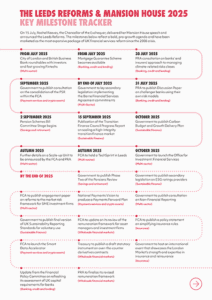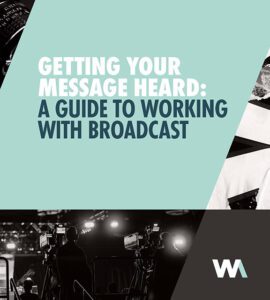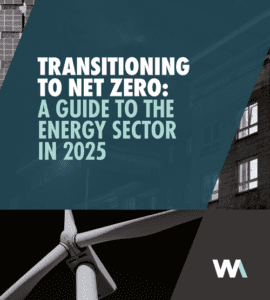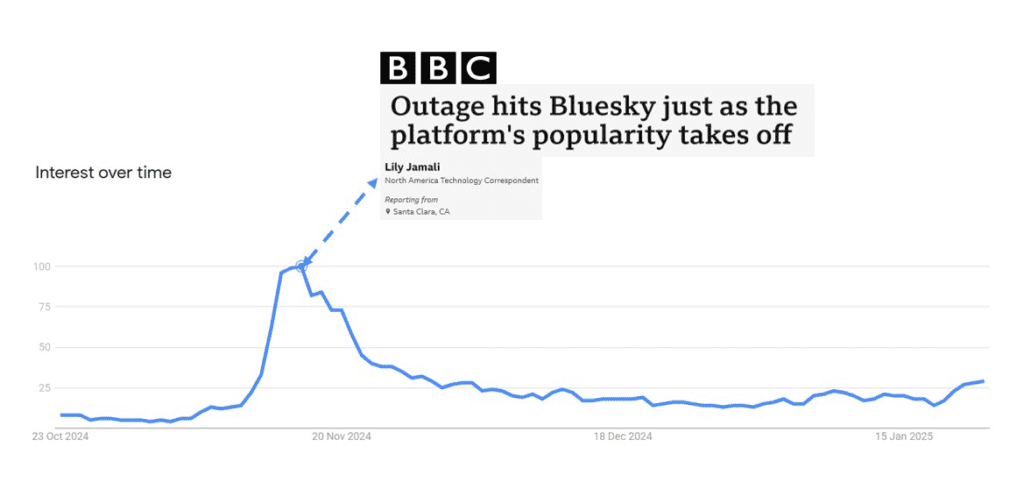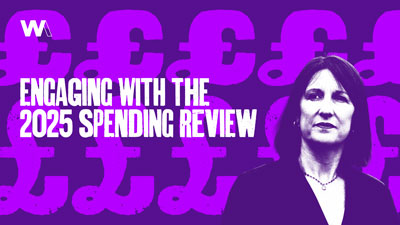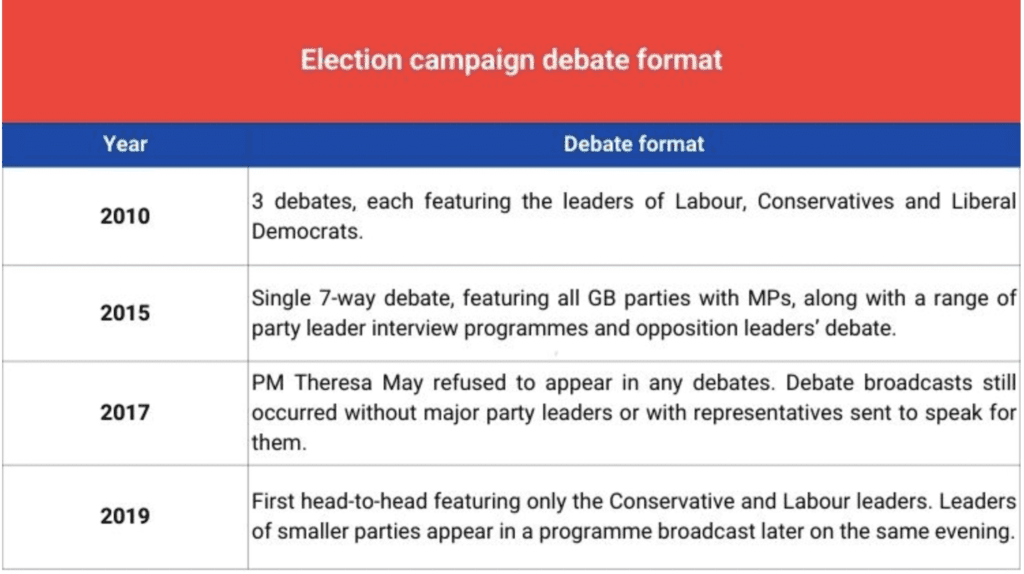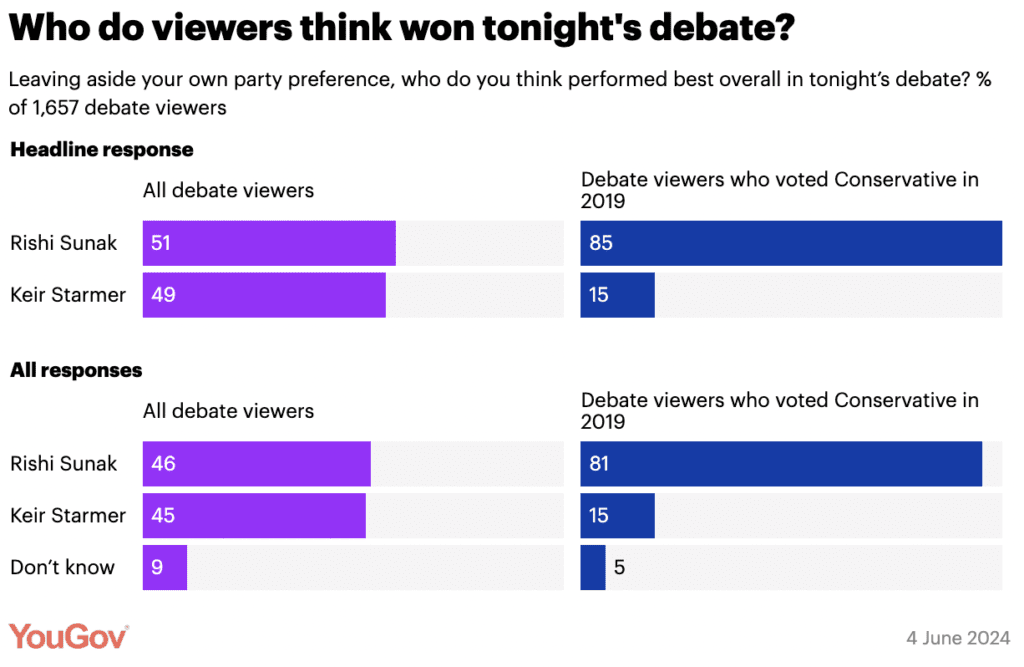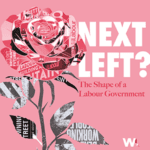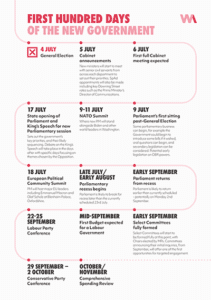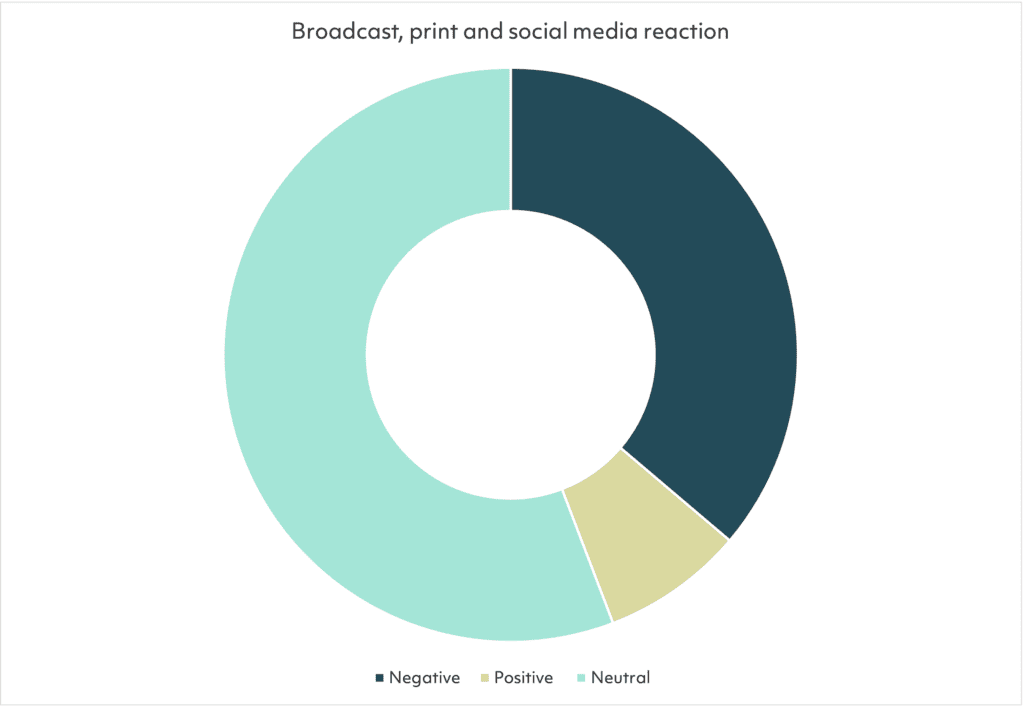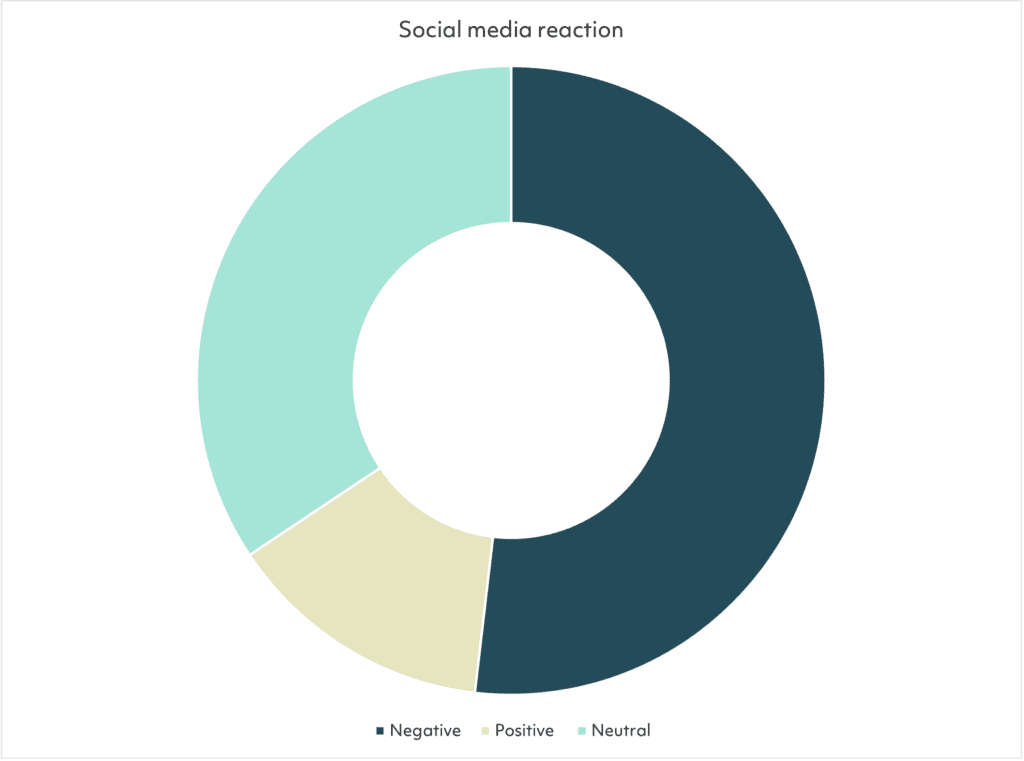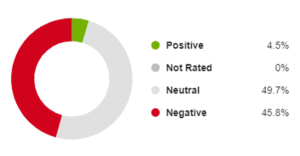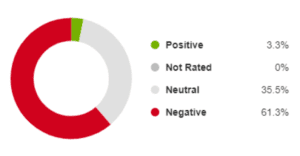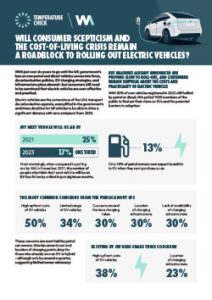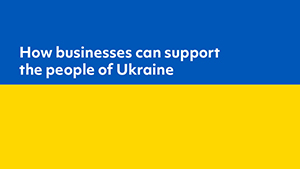And then there were two. After another week of self-inflicted trouble for the Starmer administration, No 10 will be intensely relaxed about the shortlist for the Deputy Leadership of the Labour Party.
If you’d have told Morgan McSweeney this time last week that Angela Rayner’s replacement would either be an extremely loyal Cabinet Minister from the right of the party, or another (then) Cabinet colleague from Labour’s squishy soft left, he would not have dared to believe his luck. The fear in No 10 was always a hard left candidate getting on the ballot and exposing, in the run up to conference and the budget, all of Labour’s factional fault lines. In a bad weak for the PM the fact this was avoided will have provided a moment of relief.
The absence of any hard-left figures from the final shortlist, though welcome, will lead in reality to quite a boring contest. The media (and elements of the party itself) will be looking for any angles that create embarrassment for the Leadership – that won’t come from Bridget, but Lucy might make life a little uncomfortable for the leadership on certain issues – outright disloyalty, though, is not in her DNA.
Lucy’s closeness to my old boss Andy Burnham is the lens through which any intervention will be seen, with some people desperate to position Andy as jockeying for position to replace Starmer (particularly with Angela Rayner temporarily out of the running). And her close relationship with Ed Miliband (she was previously his Chief of Staff) will reinforce his position and policy agenda if she is elected. But many expect the rhetoric of the contest, and (if she wins) Lucy as Deputy Leader to be fairly benign.
So who will win? Bridget remains very popular among the membership, the average Labour member is still very keen for the Government to succeed, and the Starmer slate has done well in recent internal elections.
But the Party membership still does have a soft spot for ideological purity, a penchant for crying betrayal and isn’t best pleased with Keir over issues such as welfare or Gaza. So Powell may benefit from being the candidate who is slightly more removed from the Starmer project. It’s likely to be close, but it’s unlikely to be box office.
Labour’s Deputy Leadership Candidates: Backgrounds and Backers
Bridget Phillipson
“Unite the party, deliver for working people and take the fight to Reform.”
Education Secretary and a close ally of Starmer (although not the leadership’s first choice candidate, with Alison McGovern initially floated by loyalists), Phillipson has secured strong support – from colleagues across government, and poll position amongst party members – by emphasising her working class background and front-line experience fighting Reform UK in the Red Wall.
Securing the Deputy Leadership would mark a shift from months of negative briefings from within the Downing Street operation, strengthening her position and the DFE’s view within the cabinet.
Experience
- Secretary of State for Education
- Minister for Women & Equalities
Constituency
- Houghton and Sunderland South (North East England)
- Majority: 7,169 – against Reform UK
Networks
- Labour to Win (broad right)
Backers
- 175 MP nominations
Selected backers include:
- Cabinet ministers — including Pat McFadden and Heidi Alexander.
- Ministers across government — including Torsten Bell (HMT/DWP), James Murray (HMT), Lucy Rigby (HMT), Dan Tomlinson (HMT), Nick Thomas-Symonds (CO), Blair McDougall (DBT), Kate Dearden (DBT), Chris McDonald (DBT/DESNZ), Kanishka Narayan (DSIT), Stephen Timms (DWP/DFE), Diana Johnson (DWP), Karin Smyth (DHSC), Ashley Dalton (DHSC), Dr Zubir Ahmed (DHSC), Georgia Gould (DFE), Josh MacAlister (DFE), Seema Malhotra (DFE), Olivia Bailey (DEF), Katie White (DESNZ), Martin McCluskey (DESNZ), Keir Mather (DFT), and Simon Lightwood (DFT).
- Select Committee Chairs — including Liam Byrne (DBT) and Meg Hillier (HMT).
- Labour Networks —including Chris Curtis and Lola McEvoy (Co-Chairs of the Labour Growth Group), Josh Simons (previously Director of Labour Together) and Jo White (Chair of the Red Wall Group).
Lucy Powell
“Champion our backbenchers, made sure their voices are heard, and unite our team.”
The recently ousted cabinet minister and well-known party organiser – who has close ties to potential future leadership contender Andy Burnham – will appeal to those disaffected with Starmer’s leadership.
Freed from the constraints of a wide-ranging government role and collective responsibility, Powell would be free to use the Deputy Leader platform to deliver a louder voice for backbench MPs and the wider party, as well as campaign on issues across Labour’s electoral coalition.
Experience
- Former Leader of the House of Commons and Former Chief of Staff to Ed Miliband.
- Previously Director of Britain in Europe, and managed the Manchester Endowment fund
for Nesta.
Constituency
- Manchester Central (North West England)
- Majority: 13,797 – against the Green Party
Networks
- The Tribune Group (soft left)
- Unite the Union
Backers
- 117 MP nominations.
Selected backers include:
- Cabinet ministers — including Ed Miliband
- Ministers across government — including Stephen Kinnock (DHSC)
- Select Committee Chairs — including Ruth Cadbury (DFT), Bill Esterson (DESNZ), and Helen Hayes (DFE)
- Powell is a close ally of Manchester Mayor Andy Burnham, who has endorsed her candidacy.

